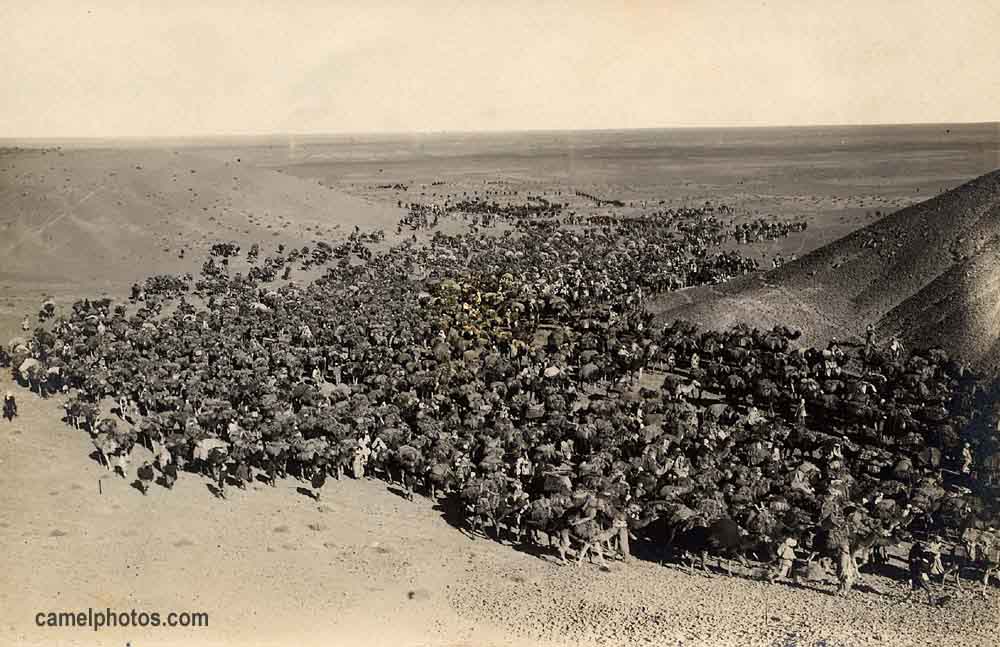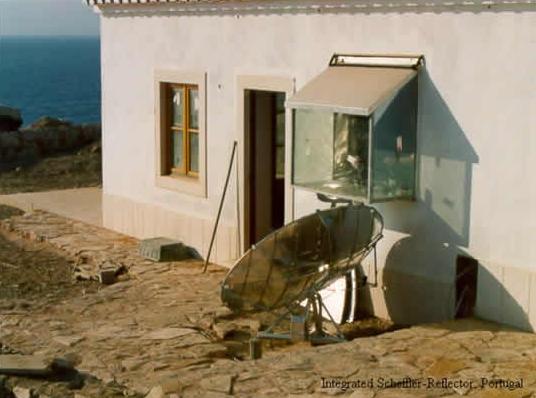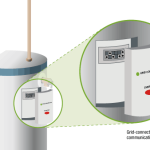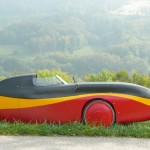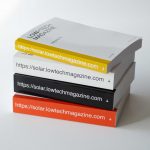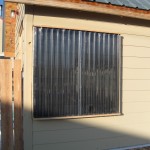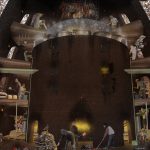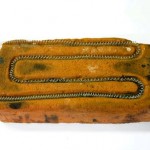Camelphotos.com has an interesting collection of historic camel pictures, showing pack trains, camels pulling wagons, and some camels working in agriculture and industry. Also of interest is a picture gallery of camels in India today.
Camel Trains in Asia, Russia and Australia
Building with Pumice
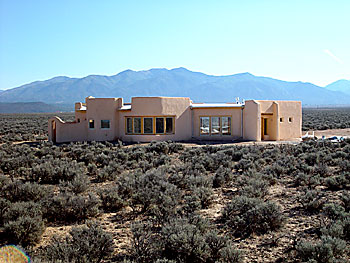 “This book represents a first-ever attempt to explain and illustrate how the volcanic material pumice can be processed using simple technologies suitable for developing countries.
“This book represents a first-ever attempt to explain and illustrate how the volcanic material pumice can be processed using simple technologies suitable for developing countries.
In Germany, the first wall-building brick made of pumice and a slow-hardening binder (milk of lime) dates back to the year 1845. That marked the starting point of a local pumice-based building industry in volcanic regions of the Eifel Mountains, where pumice deposits were abundant. As time passed, the material’s market area expanded steadily.
Today’s pumice industry in the Rhineland operates large production facilities and has enough raw material reserves to last beyond the turn of the century at the present rate of production. Pumice, an extremely light, porous raw material of volcanic origin, can be found in many parts of the world, including various developing countries with areas of past or present volcanic activity. In some countries, volcanic ash (with a particle size of less than 2 mm), pumice (with particle sizes ranging from 2 to 64 mm) and consolidated ash (tuff) are traditionally used, on a local scale, as versatile building materials.”
“Building with pumice” (pdf-version), Klaus Grasser & Gernot Minke, 1990. More links: 1 / 2. Thanks to Zeltia González Blanco.
There is Life in Strangers, Giants and Machines
“IN SITU is a documentary directed by Antoine Viviani about the experiences of artistic activity in the city of Europe. At a time when the city seems to be increasingly saturated by noise and information, the film features artistic experiences alternately invisible, monumental, participatory or secret, which provoque our daily glance, and surprise us. IN SITU confronts the visions of these artists from different backgrounds with the input of ordinary people, philosophers, urban planners, architects but also viewers of the film, so as to try to identify what these InSitu experiments tell on our period, our urbanity.”
The film can be viewed in its entirity in English, French or German. Short review here. Thanks to Eva Maori.
A Nation-Sized Battery
“Putting the pieces together, our national battery occupies a volume of 4.4 billion cubic meters, equivalent to a cube 1.6 km (one mile) on a side. The size in itself is not a problem: we’d naturally break up the battery and distribute it around the country. This battery would demand 5 trillion kg (5 billion tons) of lead. A USGS report from 2011 reports 80 million tons (Mt) of lead in known reserves worldwide, with 7 Mt in the U.S. A note in the report indicates that the recent demonstration of lead associated with zinc, silver, and copper deposits places the estimated (undiscovered) lead resources of the world at 1.5 billion tons. That’s still not enough to build the battery for the U.S. alone. But even then, we aren’t done: batteries are good for only so many cycles (roughly 1000, depending on depth of discharge), so the national battery would require a rotating service schedule to recycle each part once every 5 years or so. This servicing would be a massive, expensive, and never-ending undertaking.” Read more: A Nation-Size Battery.
Build a Solar Powered (Interior) Kitchen
Solare Brücke is an organisation that promotes the distribution of solar thermal technology, both in developing countries and in the first world. They offer detailed construction manuals, which can all be downloaded for free.
One example is the Scheffler-Reflector (see the picture on the right): “To make cooking simple and comfortable the cooking-place should not have to be moved, even better: it should be inside the house and the concentrating reflector outside in the sun. The best solution was a eccentric, flexible parabolic reflector which rotates around an axis parallel to earth-axis, synchronous with the sun. Additionally the reflector is adjusted to the seasons by flexing it in a simple way.”
The Scheffler-Reflector can be built in steel or aluminium, and there are additional manuals available for the mechanical tracking system, a stove and a baking oven. There are also plans for a solar tunnel dryer and a smaller solar cooker. Find all manuals at Solare Brücke. Thanks to Eric Blair. Related: The bright future of solar powered factories.
Community-Based Health Care
“Hesperian is a non-profit publisher of books and newsletters for community-based health care. Our first book, Where There Is No Doctor, is considered to be one of the most accessible and widely used community health books in the world. Simply written and heavily illustrated, Hesperian books are designed so that people with little formal education can understand, apply and share health information. Developed collaboratively with health workers and community members from around the world, our books and newsletters address the underlying social, political, and economic causes of poor health and suggest ways groups can organize to improve health conditions in their communities. Hesperian publishes all of our books in English and Spanish and our open copyright policy facilitates adaptations and translations into many other languages. Our books are available for purchase or free download.” Via The Survivalist Blog.
